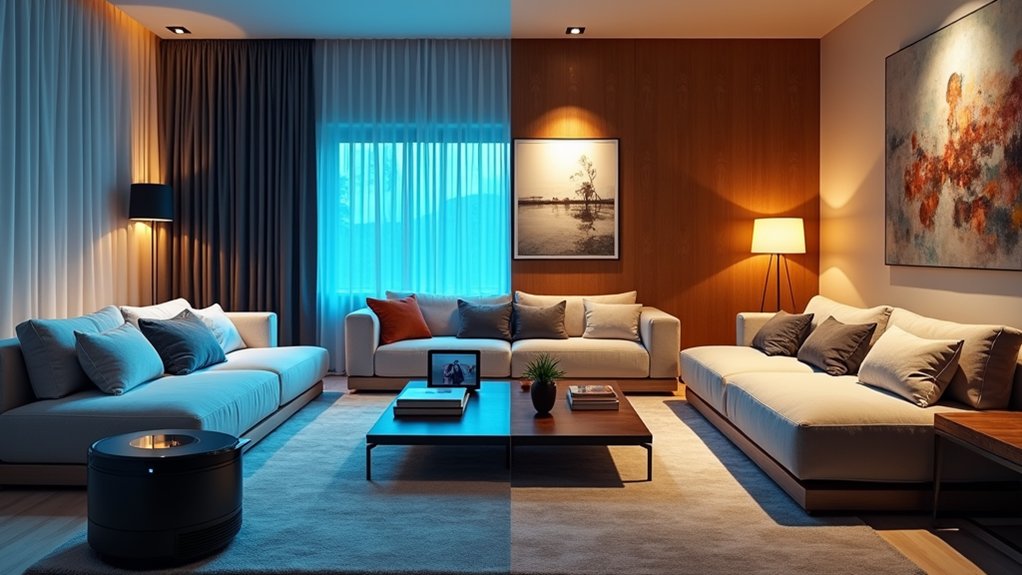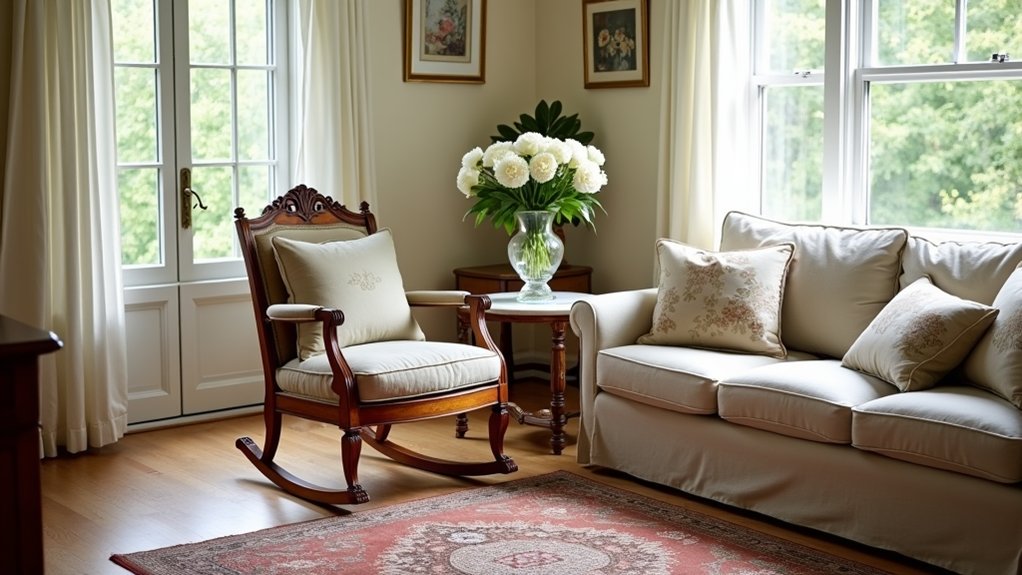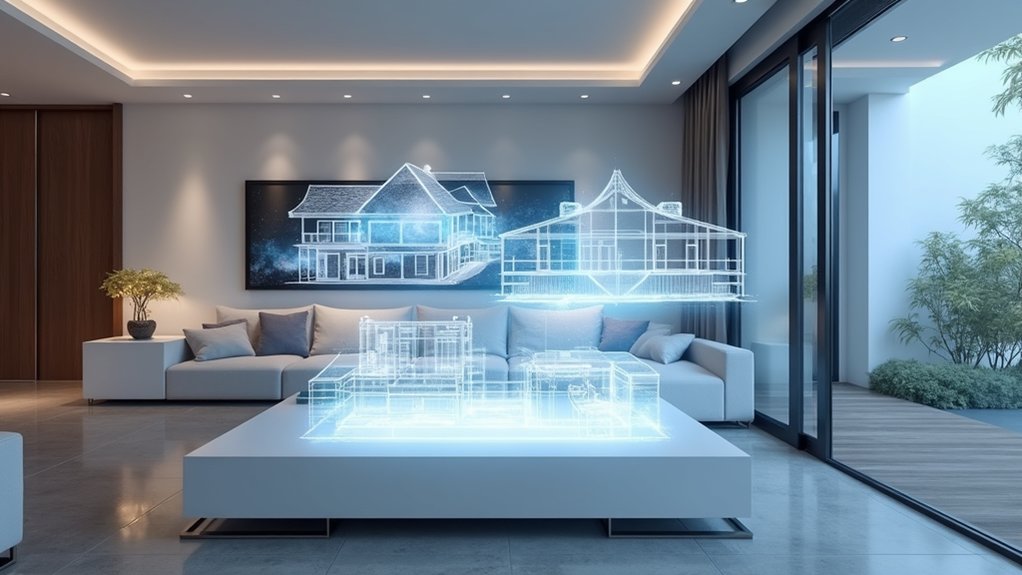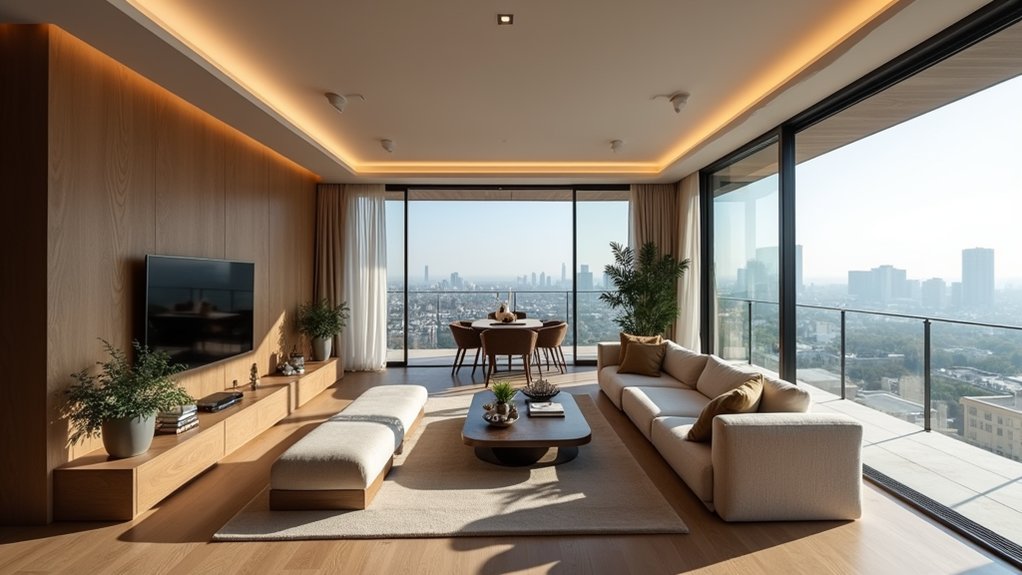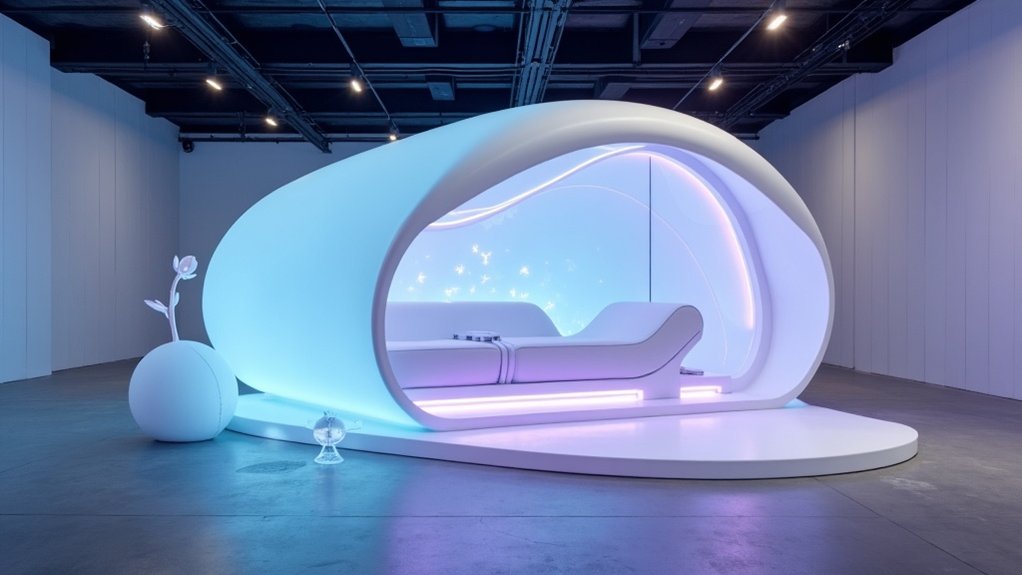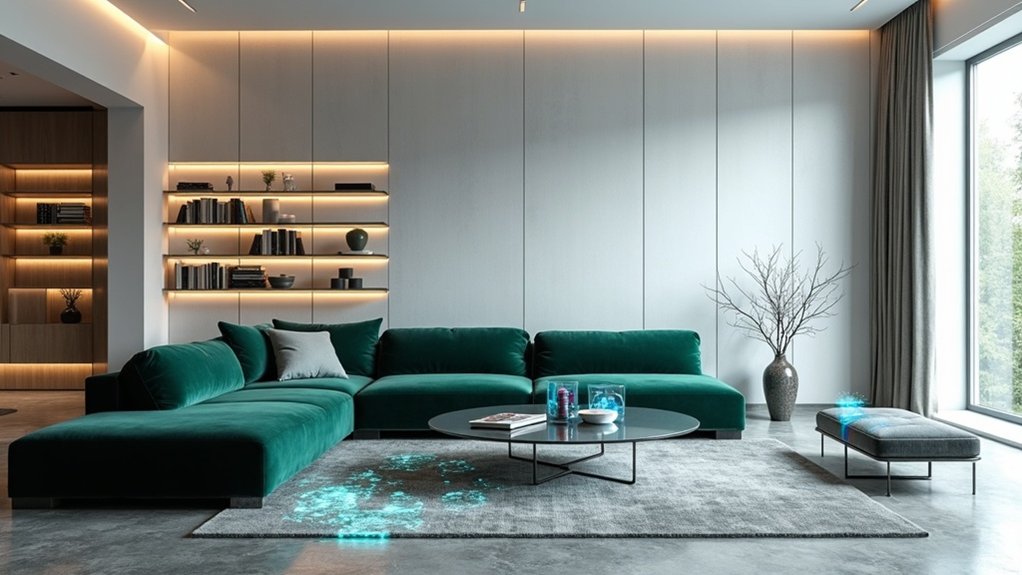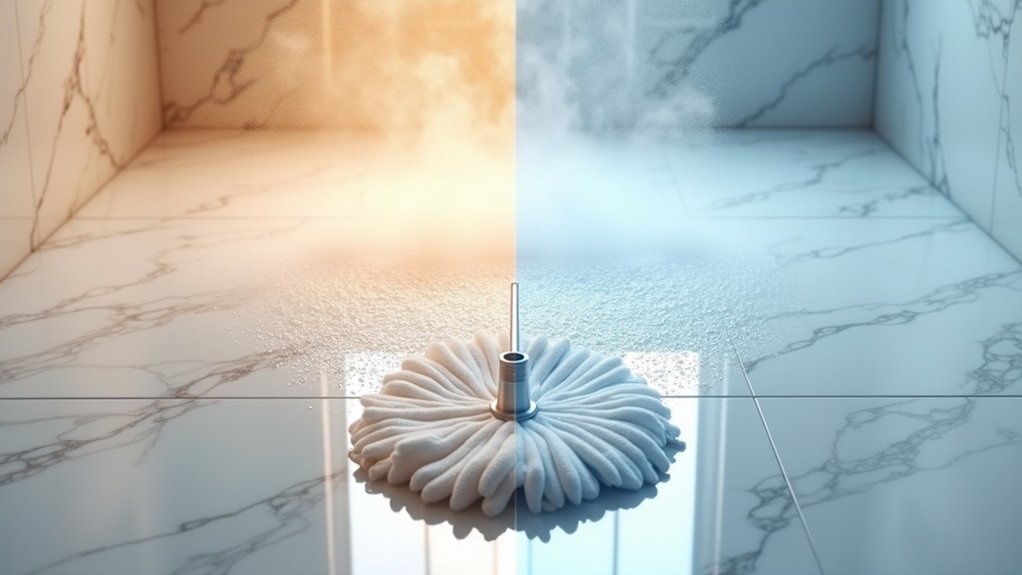As artificial intelligence transforms industries across the globe, interior design finds itself at a fascinating crossroads where technology meets human creativity. The design world grapples with a compelling question: can AI deliver beautiful spaces while significantly reducing costs? Recent data reveals that 34% of architectural professionals report substantial speed improvements when incorporating AI into their design processes, suggesting a potential revolution in how spaces are conceived and created.
The economic advantages of AI-powered design prove particularly compelling for budget-conscious clients. By automating labor-intensive tasks and generating multiple design iterations within seconds, AI dramatically reduces project expenses. These systems excel at optimizing room layouts for maximum space utilization while providing data-driven insights that inform smarter design decisions. AI-driven tools like generative design software and 3D modeling programs have become essential in design, revolutionizing how professionals approach complex spatial challenges. Platforms such as Planner 5D and Roomstyler offer user-friendly interfaces that require little to no technical expertise, democratizing access to professional-grade design tools. Moreover, the increased focus on wellness-focused aesthetics and sustainable living aligns with the capabilities of AI to incorporate eco-friendly materials in design solutions.
Yet human designers maintain irreplaceable advantages that justify their premium pricing. Their emotional intelligence permits them to create spaces that genuinely reflect individual personalities and cultural subtleties. While AI processes existing data patterns to generate solutions, human designers bring artistic vision, intuition, and empathy that forge meaningful connections with clients. The storytelling element intrinsic to human-created spaces—where every design choice carries emotional weight—remains beyond current technological capabilities.
Human designers bring artistic vision, intuition, and empathy that forge meaningful connections beyond AI’s capabilities.
Industry adoption trends paint a picture of transformation rather than replacement. While 90% of architecture firms anticipate using or increasing AI usage within three years, 53% of architects report only marginal improvements from implementation. This contrast suggests that AI excels at handling time-consuming technical tasks like rendering while humans retain dominance in creative expression and emotional depth.
The future of interior design appears to lie in strategic collaboration rather than competition. AI emerges as a powerful tool that complements human creativity, handling functional optimization while designers focus on artistic vision and client relationships.
For clients, this evolution promises the best of both worlds: AI’s efficiency and cost-effectiveness combined with human designers’ irreplaceable ability to create spaces that touch the soul. The technology improves rather than replaces the art of design, positioning itself as an ally that empowers designers to innovate and deliver exceptional experiences.
